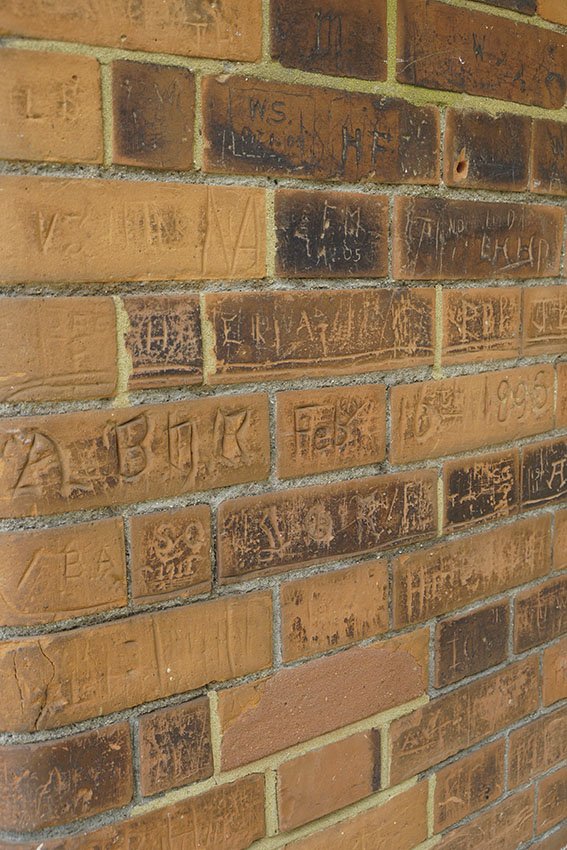The Harringay Passage
By John Hinshelwood and Stephen Rigg
There are two distinctive features of the ‘Ladder’ other than the houses, both of which are monuments to significant civil engineering achievements of their times.
The New River opened in 1613 to bring fresh drinking water from Hertfordshire to Islington, is neither a river nor is it new. It now provides an off-road walking route in North Harringay from the Mosque to Allison Road.
The other feature is Harringay Passage. In 1869 the civil engineer Baldwin Latham proposed a system of sewers to drain the whole parish of Hornsey. In the 1870s, the Hornsey Outfall Sewer was laid across the parkland of the old Harringay House to link up with London’s Northern High Level Sewer, south of Finsbury Park. As the ‘Ladder’ streets were laid out, houses could not be built above the outfall sewer. Thus a gap which is now the Harringay Passage appeared between the houses as they were built.
The Passage was paved in York stone in stages between 1887 and 1890. By the early 20th century the sewer had to be upgraded and the Passage was progressively excavated to provide improvements. A surge tower was built in the old goods depot (now Railway Fields) behind Umfreville Road in order to prevent overflows flooding properties beside the Passage.
A few of the original features of the passage can still be seen such as some sections of York stone paving, the moulded drainage gulleys and drain covers, and the cast iron stench pipes. Some of the old, pre-1965, Haringey Passage signs, high up on the walls, contrast with the newer signs spelling Harringay Passage.
Beside the North Harringay School the brick wall is heavily inscribed with graffiti dating back to the nineteenth century when the school was first built by the Hornsey School Board.
Graffiti from the late 19th century carved into the brickwork of the Harringay Passage wall beside North Harringay School.
